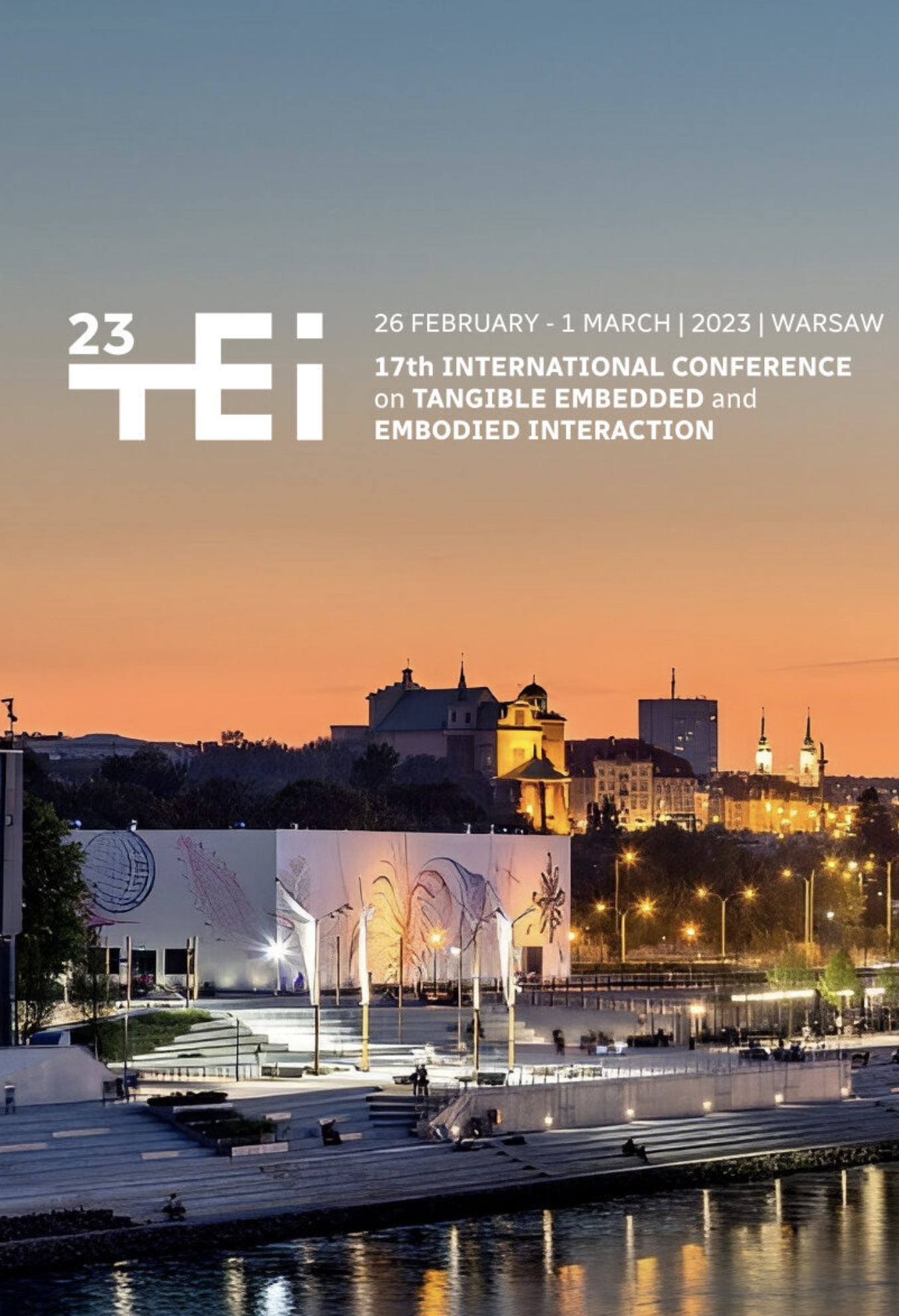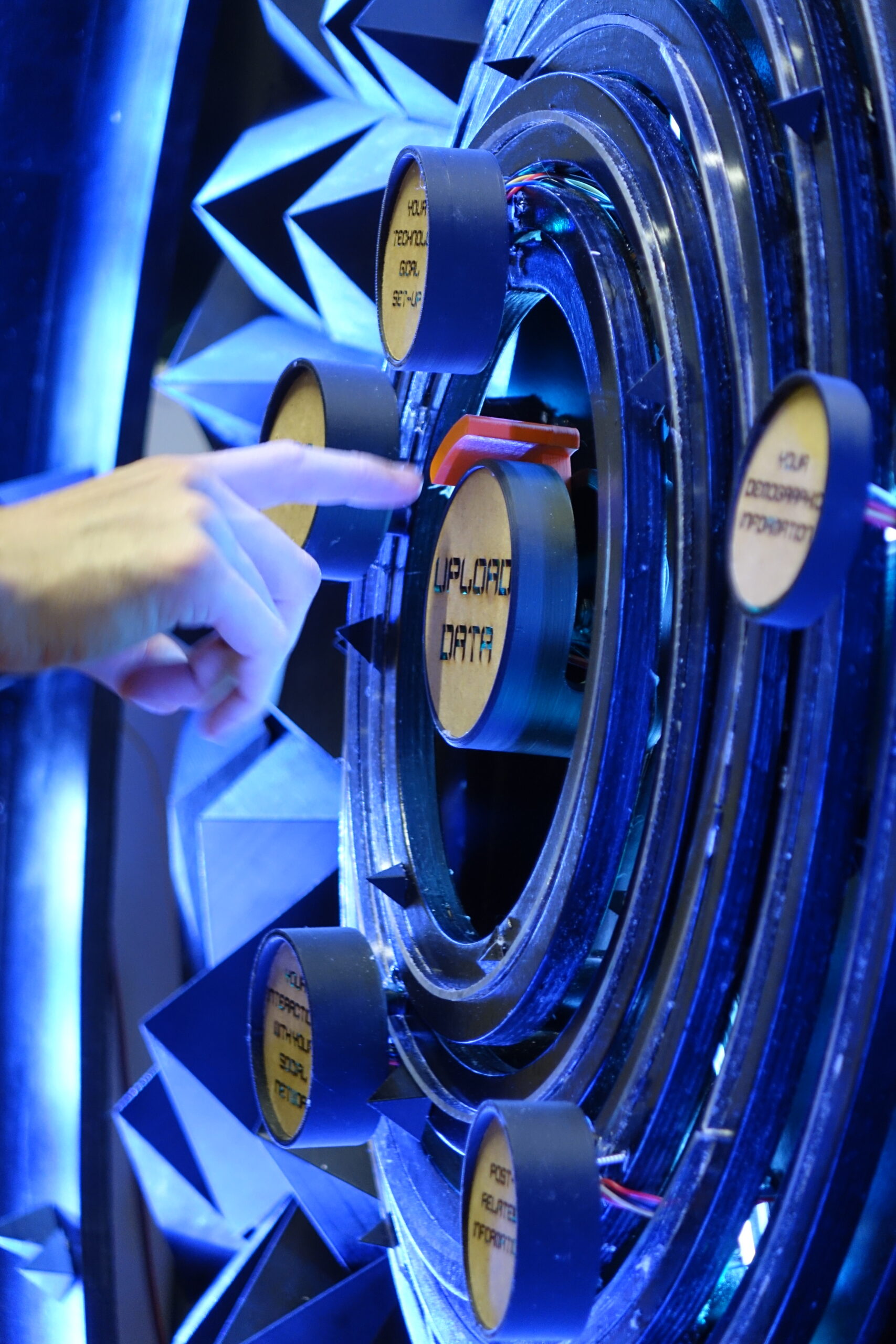Hello!

Portfolio Jules Sinsel

Who am I
So my name is Jules Sinsel, and I am finalizing my master's in Industrial Design. This page describes who I am and want to be as a designer, including my vision, ideas and beliefs about the future of society and emergent technologies. In my professional identity, I elaborate on how I want to contribute to this vision as a designer and what skills are needed. This is linked to the projects I conducted during my master's in the past two years. The content is shortly described and explains why this project contributed to my development as the designer I want to become.

Society
Everyone has their ideas about the future. What will happen with our current way of living together in society and how we interact with each other? Especially regarding the social challenges emerging in different fields resulting in polarization. It is often the consequence of factors extending beyond an individual's control. I believe this problem can be addressed by understanding the situation more in debt and having an open discussion about it in multiple layers of our society. The issue we are seeing now is that we stop talking and are afraid to start a conversation with each other, but the opposite should happen to bring us more together. Design can be the medium for resolving the confusion, provide new insights to individuals, and guide in the conversations.

Social technological challenges
We are accelerating in technological innovations in various fields (intelligent products, social media, connectivity, artificial inelegant, etc.). This significantly impacts our society and is causing changes in how we interact with ourselves, each other, and the environment. More and more of our daily activities are transitioning towards automatization due to these new technologies, such as smart-home products or social media. We are increasingly dependent on the large tech companies supplying us with these new products and integrating them rapidly into our everyday life. Maybe too rapidly if you ask me, but that is a result of the curiosity and creativity of the human being. Conversely, the regulation is going slower regarding complexity and speed, resulting in issues and exposed scandals. For example, can we trust our data to those companies?
Social challenges related to technologies integrate me because of their complexity, innovation, and application. In addition to the problems described, it also offers new possibilities, making this topic relevant and exciting. That's why it is so essential that we face these challenges so we can take full advantage of the opportunities.
Data
Almost everything can be digitally measured these days, e.g., weather, behavior, health, social media use, etc. At the same time, more and more data is being exchanged and stored: in 2020, the world will produce 40 zettabytes of digital data, an ungraspable number. A growing trend that will continue. Understanding this data can provide new insights, which can positively affect various fields. A suitable tool for this is storytelling with data visualization. This can help to see correlations, create awareness, explain problems, etc. That's why I believe that data is one of the most critical drivers of emerging technologies and getting a handle on it is essential.

Tangibility
As a designer, I am intrigued by the tangible world we live in, where we use all our five senses to explore the world, as opposed to the digital environment where multiple dimensions are lost. The bridge between our world and the digital world is an area of development where there is still much space for improvement, in terms of visuals, as with the Microsoft hololens, for example, but also in terms of tangibility. I am a designer who wants to implement tangible products as much as possible. Therefor I work with the aesthetics of materials and structures. People have a very tactile nature, making me think this is essential communication between humans and products. That is why I believe this is so important. Interfaces anticipating this are very appealing to me, such as shape-changing interfaces where tactility is central. By designing on the principles of tangibility, communication can be improved, for example, with data physicalizations. They involve the user in a novel approach resulting in new insights. Designing in this field is inspiring and a part of my identity. The projects in my portfolio show this and are all related to some extent of tangibility. I believe it helps me make things graspable, which is also the case for other individuals.
Public debate
Design for debate is an approach that correlates with my interest in social challenges. Public discussions about complex societal issues can make a difference in understanding and create opportunities. Listening to each other and viewing different perspectives enriches the individuals of our society at a time when we are sharing less and less of our beliefs. That is why I love to design installations for debate, and it is part of my identity, of what I want to be as a designer.
Aesthetics
Aesthetics is often underestimated in academia. For me as a designer, this is an essential point in the concept. It is not necessarily related to how the design functions but affects, for example, how users interact with your product and perceive information. The field of aesthetics is complex and relies on facts and "feelings." As a designer, it is an area that drives me. Understanding this can help me convey information to the user to elicit the desired emotions. I have applied this in projects around data visualization related to complex challenges.
Emerging technology
New technologies intrigue me, so I am constantly exploring the recent developments in this field to discover new applications, possibilities, and problems it can evolve into. In my opinion, investigating new tech is a critical element of being an industrial designer. As my vision is focused on social challenges concerning technology, I am intrigued by applying design strategies such as speculative design and critical design in my concepts to open the debate and explore future scenarios. That is why I love the quote from William Gibson;
"The future is already here, it's just not very evenly distributed"
Investigating future scenarios in the realm of novel technologies can help to foresee complications, so we can respond early to social challenges.
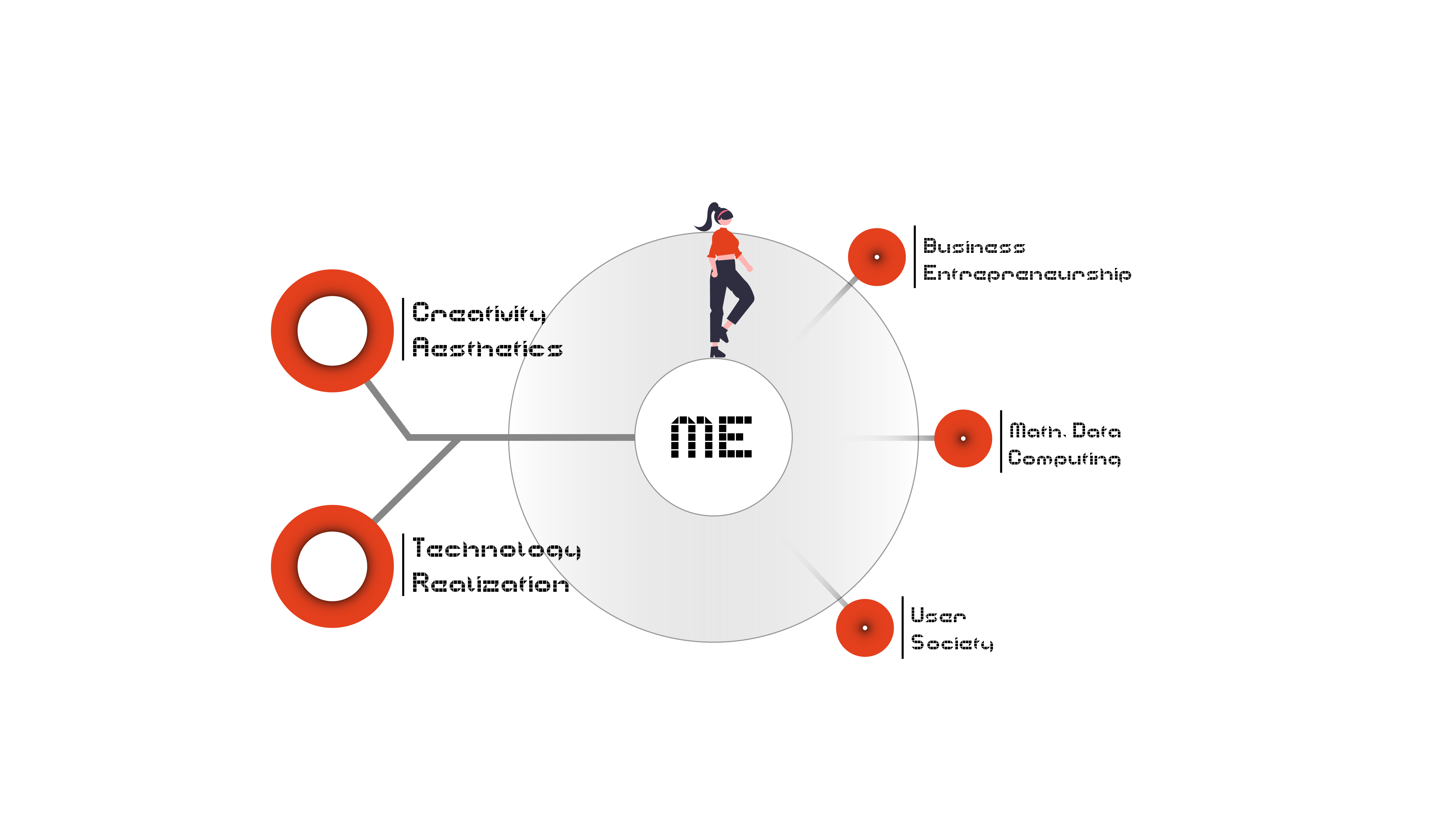
Creativity & Eastetics
Creativity and aesthetics is one of my main expertise areas. It helps me to break free from the conventional way of thinking to amplify creativity. As a designer, I learned to deal with situations where only part of the information is provided. I have learned to deal with that inventively. During my master's, I participated in different electives to learn new design techniques in multiple dimensions and technical domains. I learned to convey my ideas to demonstrators concerning aesthetics and quality. Nevertheless, a design process is never linear. My decision-making intuition has grown over the last two years to ease the process, and I hope this process will continue in the future.

Technology & Realisation
Technology and realisation is my second leading expertise area. In this field, I developed myself further through the insights provided by the master in developing innovative demonstrators by applying appropriate technologies. These prototypes implement technologies like microcontrollers, sensors, actuators, lighting systems, etc., to let the design perform in the desired manner. Through my bachelor's degree in mechanical engineering, I am more advanced in understanding new technologies and their applications in this field, which can be seen in my prototypes. During my master, I immersed myself in the technology of machine learning and data visualization. This is because of the relevance of this technology in relation to my professional identity and vision.
Business & Entrepreneurship
While designing, creating meaningful products that add value for the user is essential. To develop myself further in this domain, I followed the elective creative corporate entrepreneurship, where I mastered tools that helped to guide me in getting an overview of this field. This is not my favorite expertise area but still essential to create valuable designs. I learned to see the value of mapping out stakeholders and interests.
Math, Data & Computing
Math, data and computing is an area of expertise that gets a lot of attention in my projects. I learned how to deal with complex systems and translated those insights to a non-expert. Data visualization is a skill that kept my driving a lot. It is a process of communicating numbers transformatively, focussing on the user and goal. I have run multiple studies in this field on how participants observe and translate different types of visualizations. One was working with computer animations, applying algorithms to shape 3D models according to the CSV files.
User & Socity
One aspect that recurs in every project of mine is the area of expertise that deals with adding value to the user, focusing on the user experience. As a designer I learned how to be respectful, empathize with people and involve them as stakeholders in the design process (user-centered design). It is about asking the right questions, what must your design meet and why? The complicated aspect is that different perspectives come into play in a design to learn from and understand people in their societal context.

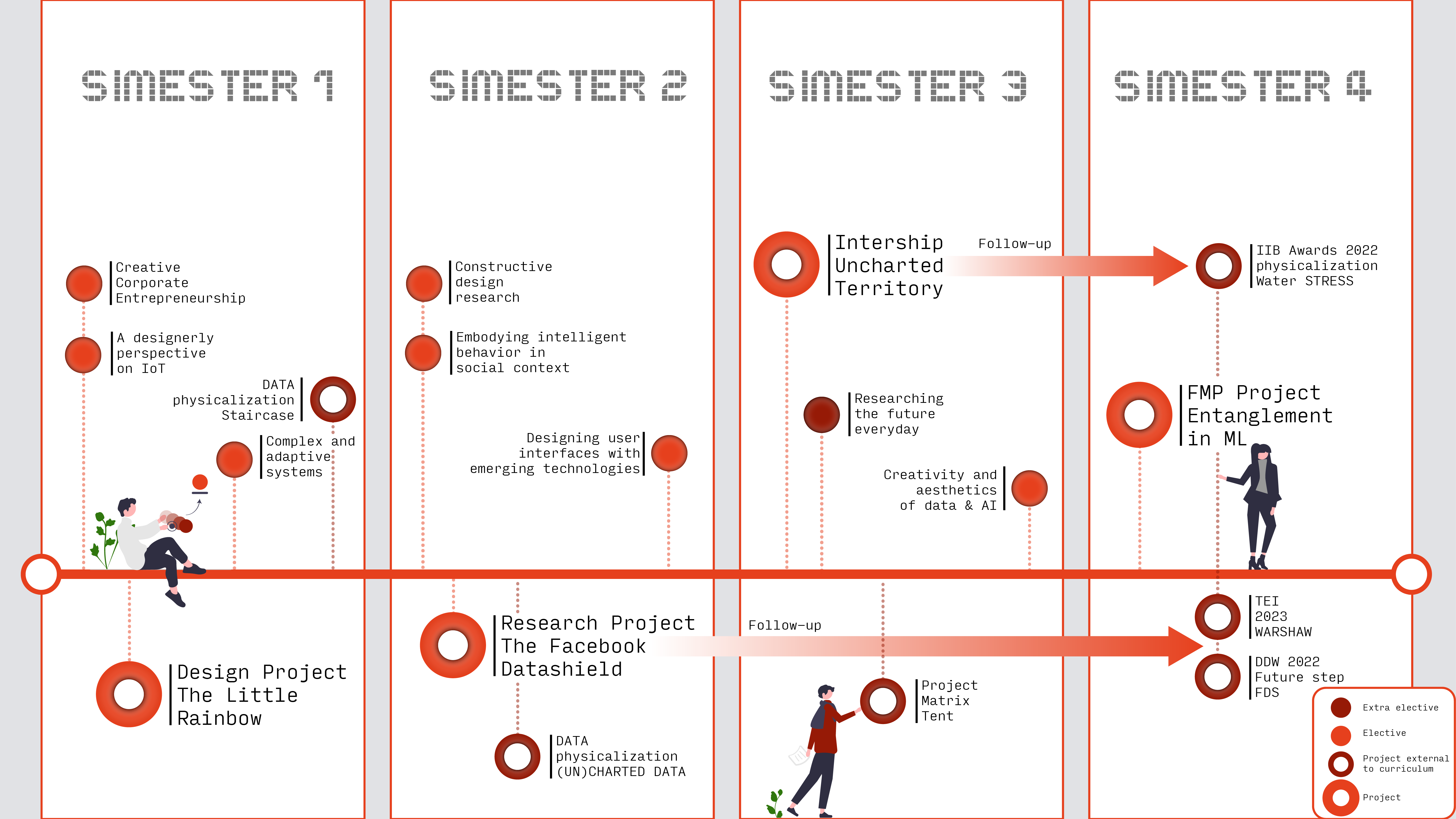
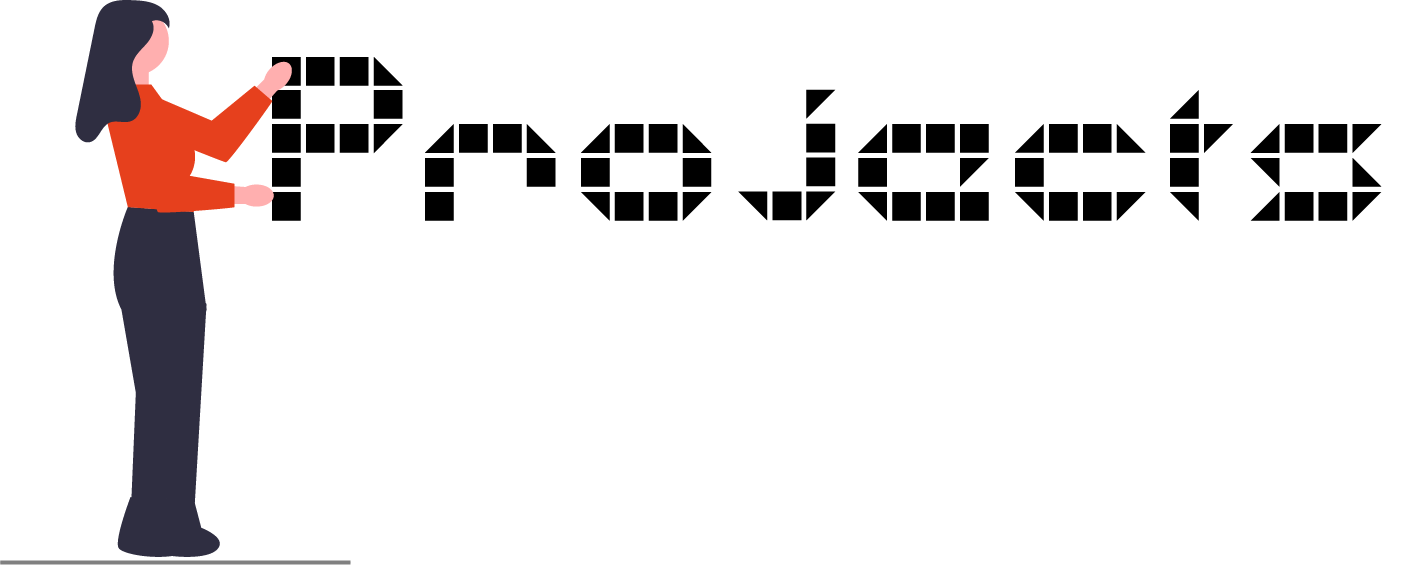
The illustrated timeline above contains all the projects that contributed to my design development. The following section elaborates on these projects in terms of context and personal development. They are ordered in the same structure as the timeline, from new to old projects, of the four semesters. More information can be found by clicking on images, if they respond to the hovering cursor. Only the ones with high relevance to my personal development have this option of additional information.
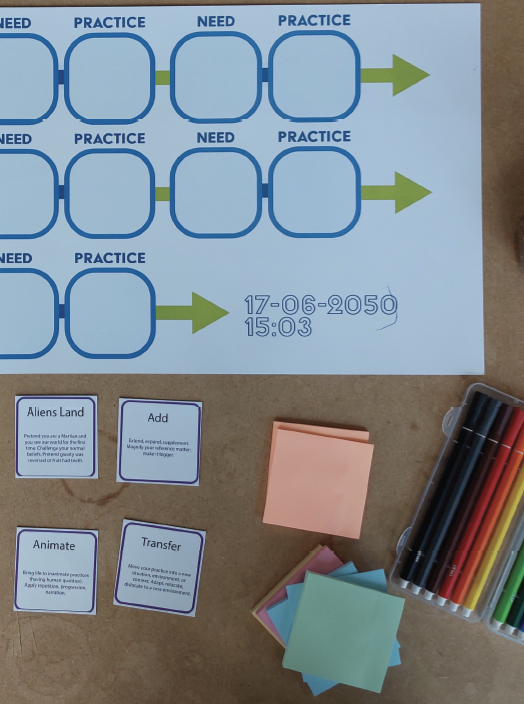
Researching the future everyday
I additionally took this elective course with the goal of improving my design research skills using a speculative approach. During this course, I acquired new design research skills.

Design user interfaces with emerging technologies
DUIET has given me insight into exploring new approaches to interacting with new technologies; a fascinating field. We developed an AR interface to explore and navigate the TU/e campus, for prospective students.

Embodying intelligent behavior in social context
This elective resulted in a project that uses ML and XAI with an embodied approach to support students in planning. This is an attempt to make AI more understandable and transparent and, for me, a first introduction to this technology, which ultimately played an important role in my graduation project.

Constructive design research
A required course to develop skills for conducting research through design. This elective resulted in insights on how to collect data using new methods. The research focused on speculative design around the topic of data collections by AI, a recurring component in my personal identity.
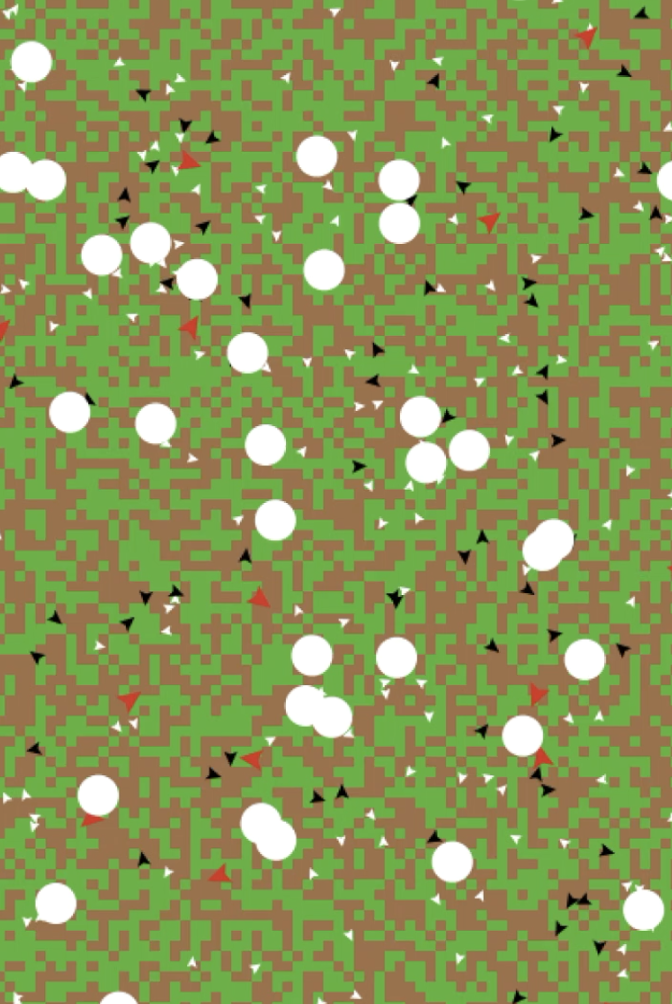
Complex and adaptive systems
This project challenged me to build a complex adaptive system as a dynamic model through NetLogo. An intriguing elective that provided me with new insights about the dynamics between systems.
DATA physicalization STAIRCASE
This project was conducted under the umbrella of my company, BySinsel, for Maastricht University. The first part of the data physicalization consists of student data focused on future predictions. It is housed in a stairwell spread over seven floors. During this assignment, I developed skills in terms of entrepreneurship, in addition to new insights regarding visualization approaches. The second part I realized later, see project Students in LED.

Creative Corporate Entrepreneurship
An elective course focused on the field of business and entrepreneurship, working with the company FITT. We designed a product for their challenge regarding vitality in the workplace. The course provided knowledge on several tools, which I applied in future projects, such as the business model canvas.
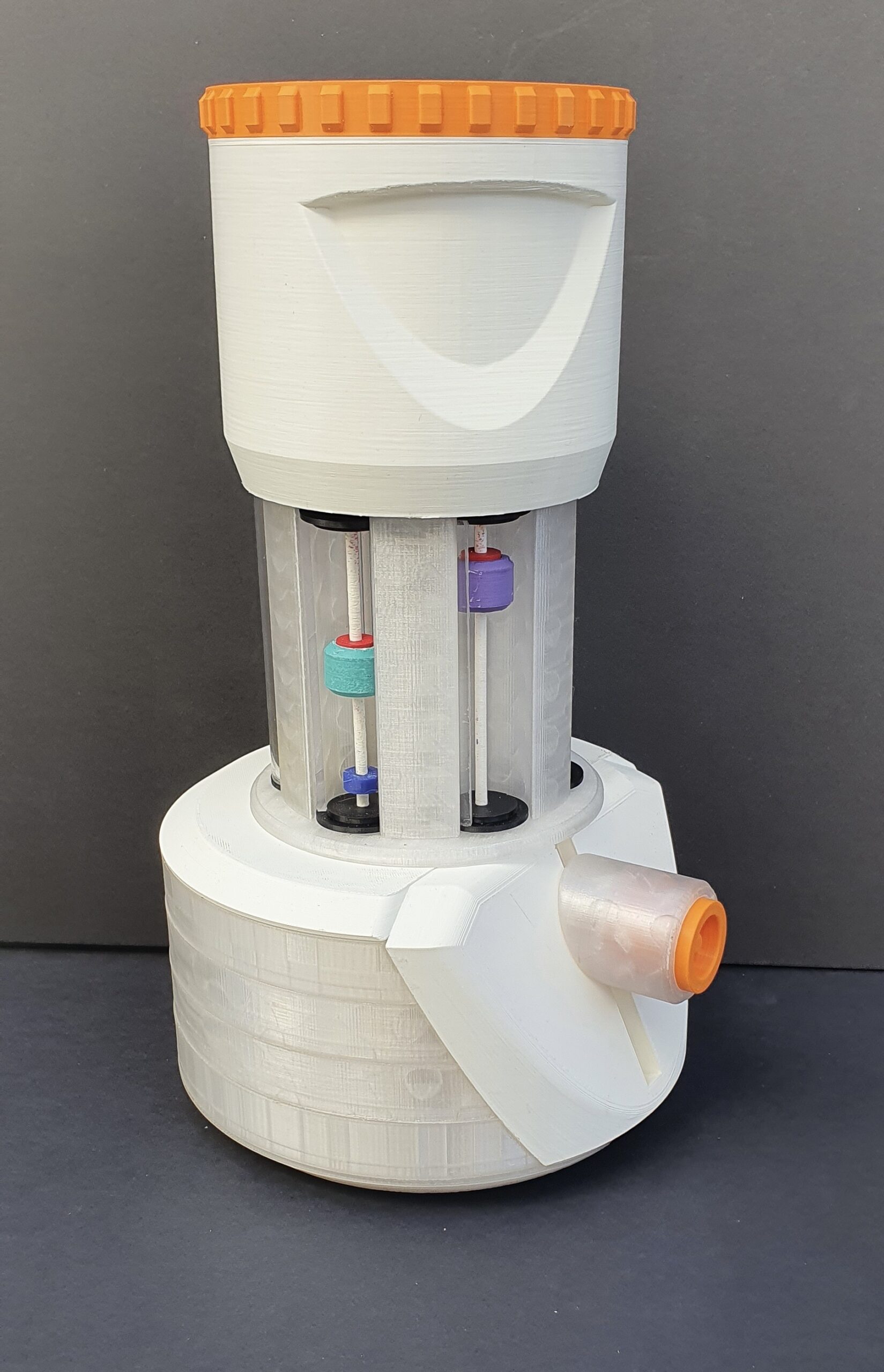
A designerly perspective on IoT
For this project, we developed two IoT products in an iterative process focused on affordances. Ultimately, the two products, which function in different areas, should be able to work together to realize new functions in the tangible domain.

Designer to become
In the future, I want to continue with my own design company and fuel debate through community installations on social challenges. This intriguing field is relevant to everyone in our society and inspires me. Applying new technologies in spatial installations, aiming to make them interactive and engaging, is a new approach, in which I want to grow further. I would like to collaborate with organizations, such as museums or other public organizations, to put down my creations to start a conversation about social challenges. I also want to continue with data visualizations and data physicalization. These projects are the ideal combination of technology, user, storytelling and creativity. The future will tell...




